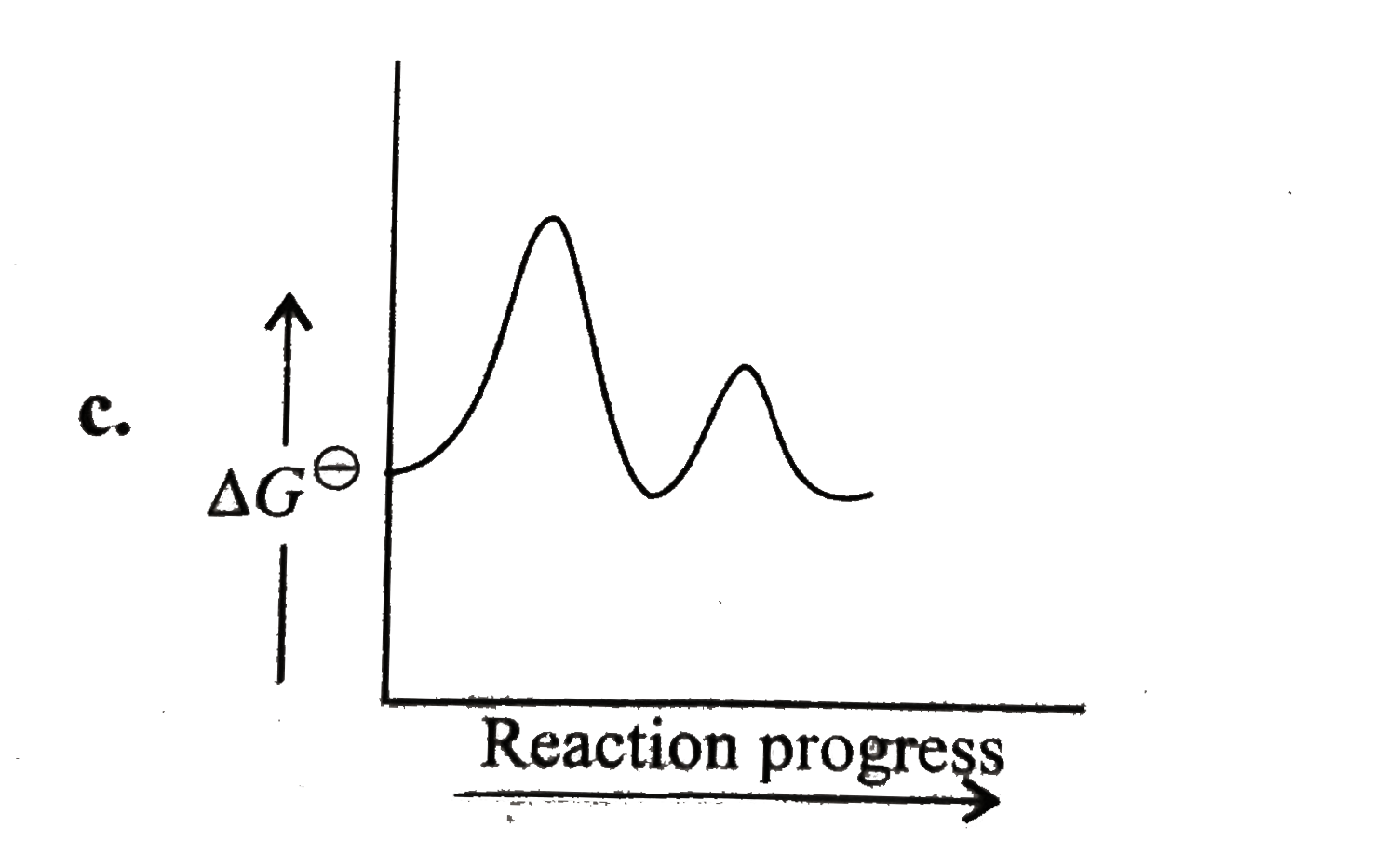For the chemical reaction
Iɵ+OClɵ→Clɵ+OIɵ
Rate =k[OClɵ][Iɵ][ɵOH]
a. What is the order and moleculartiy of the reaction ?
b. In the above reaction, what are the molecularity and order with respect to
Video Solution
Text Solution
(a) Rate =k[OClɵ][Iɵ]ɵ[OH]
Order of reaction =1+1−1=1
Molecularity of reaction =1+1=2
b. Molearity w.r.t. [ɵOH]=0
Order w.r.t. [ɵOH]=−1
|
Topper's Solved these Questions
- CHEMICAL KINETICSBOOK - CENGAGE CHEMISTRYCHAPTER - CHEMICAL KINETICSEXERCISE - Solved Example
52 Videos
- CHEMICAL KINETICSBOOK - CENGAGE CHEMISTRYCHAPTER - CHEMICAL KINETICSEXERCISE - Ex 4.1 (Objective)
9 Videos
- CARBOXYLIC ACIDS AND THEIR DERIVATIVESBOOK - CENGAGE CHEMISTRYCHAPTER - CARBOXYLIC ACIDS AND THEIR DERIVATIVESEXERCISE - Exercises Archives (Analytical And Descriptive)
34 Videos
- COORDINATION COMPOUNDSBOOK - CENGAGE CHEMISTRYCHAPTER - COORDINATION COMPOUNDSEXERCISE - Archives Subjective
18 Videos
Similar Questions
Knowledge Check
In the molecularity and order with respect to [ɵOH] is
A0,1B0,−1C1,0D−1,0For the reaction, R−XSlow−−→R⊕+X⊕,
R⊕+ɵOHFast−−→ROH
Which type of reaction coordinate diagram represents the above reaction mechanism?A B
B C
C Dd. This is SNl reaction where no tranistion state will be present
Dd. This is SNl reaction where no tranistion state will be presentThe order of reaction is an experimentally determined quanity. It may be zero, poistive, negative, or fractional. The kinetic equation of nth order reaction is
k×t=1(n−1)[1(a−x)n−1−1an−1] …(i)
Half life of nth order reaction depends on the initial concentration according to the following relation:
t1/2∝1an−1 ...(ii)
The unit of the rate constant varies with the order but general relation for the unit of nth order reaction is
Units of k=[1Conc]n−1×Time−1 ...(iii)
The differential rate law for nth order reaction may be given as:
dxdt=k[A]n ...(iv)
where A denotes the reactant.
For a reaction:
Iɵ+OClɵ→IOɵ+Clɵ
in an aqueous medium, the rate of the reaction is given by
d[IOɵ]dt=k[Iɵ][OClɵ][ɵOH]
The overall order of the reaction isA−1B1CZeroD2
What is geometry of ClOɵ2,ClOɵ3 and ClOɵ4 ions?
View SolutionWith what neutral molecule is ClOɵ isoelectronic Is that molecule a Lewise Base?
View SolutionFor the reaction
2Fe2++H2O2→2Fe3++2ɵOH, the rate of formation of Fe3+ is given by
Rate =k[Fe2+][H2O2]. Suggest a mechanism for the reaction and and indicate a probable rate-determining step.
View SolutionFor a reaction, I−+OCl−→IO−+Cl− in an aqueous medium, the rate of reaction is given by d[IO−]dt=k(I−[OCl−][OH−]). The overall order of reaction is
View SolutionWhich is the correct order of size ?
(Oɵ,O2−,FɵandF)
View Solution
